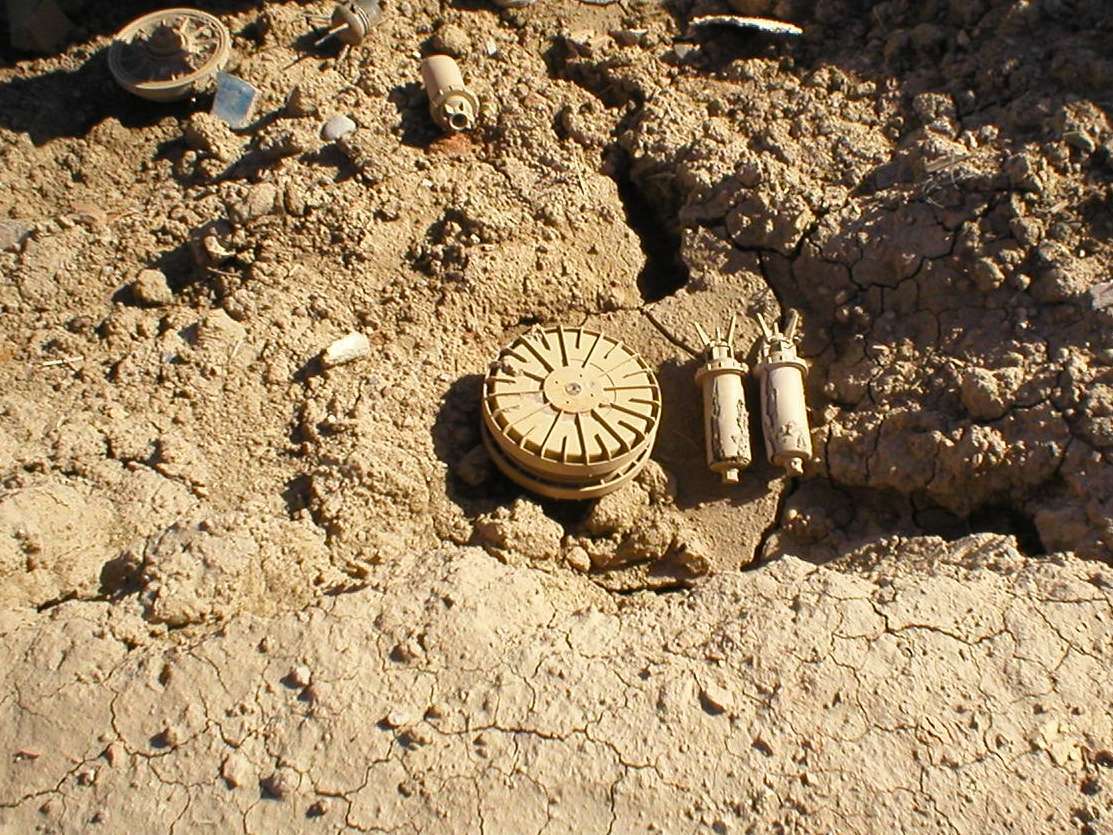Home » UXO Services »
Overseas & Global UXO Services
1st Line Defence has access to all mine action resources; including trained people, detector equipment, mechanical clearance systems and detection dogs.
We can conduct all mine action operations in accordance to your bespoke situation and the specific needs of your project.
Our specialist teams comprise a pool of experienced EOD experts, national de-miners and detection dog teams to deliver BAC services and clearance from Explosive Remnants of War (ERW).
We offer a range of services ranging from deploying armoured and remote-controlled machines to remove vegetation and undergrowth in preparation for the manual demining teams, to providing comprehensive reports detailing all suspected presence of landmines and UXO within a designated area.
All projects are managed by our experienced overseas team based within the UK complying with a robust Quality Management System (QMS), in accordance of International Mine Action Standards.

Route Assessments
Having issues accessing areas that you need to operate in? Let us clear routes to your target destination.

Landmine Clearance
Train your employees professionally to understand and manage Landmine Clearance & UXO risk.

EOD Training
We can train your staff in individuals or groups and make them experts in their field.
Useful links & Information
Frequently Asked Questions
Browse the most commonly asked International UXO Services questions or contact us if you have a specific enquiry
Battle area clearance (BAC) is the controlled and systematic clearance of hazardous areas contaminated by UXO as a result of conflict, where the risk is known not to include mines. It requires clearance procedures and management systems which are effective, appropriate, safe and efficient, as the beneficiaries of cleared land must have a very high confidence that the land is safe for their use.
The acronym ERW stands for Explosive Remnants of War and it encompasses both Unexploded Ordnance (UXO) and Abandoned Explosive Ordnance (AXO) – but it does not include landmines. Unexploded Ordnance or UXO refers to munitions (bombs, rockets, artillery shells, mortars, grenades and the like) that have been used but failed to detonate as intended. Abandoned Ordnance refers to explosive ordnance that has not been used during an armed conflict, but which has been left behind or dumped by a party to an armed conflict, and which is no longer under the control of the party that left it behind or dumped it.
Landmine Clearance (also known as Mine Clearance or ‘Demining’) is a term used to describe the process of removing anti-personnel and anti-tank mines from an area. Various different methodologies may be employed depending on the nature of the risk, ground conditions, terrain, timescales etc., and can include both mechanical and manual clearance.
No one knows for sure how many landmines exist in situ and in stockpiles across the globe. It is commonly estimated that the number could be over 110 million across 64 different countries – with possibly an equal amount in stockpiles waiting to be destroyed or laid.
When working or planning to work in areas of former conflict, it is imperative to understand and assess the potential risk posed by explosive ordnance which may contaminate the area. Various types of surveys are utilised to assess the risk posed by landmines or explosive ordnance within a specific area. Their findings inform what risk mitigation strategies are most suitable to help formulate a risk plan.
Landmines and ERW create risks that can affect people, finances and project timelines. It is essential that the correct precautions are taken to avoid accidental detonation of landmines and other explosive devices, and to make sure your project and personnel are safe. Sometimes, the hazard can be complicated and multifaceted, highlighting the importance of undertaking good research and acquiring good data.
Need Overseas UXO Support?
Contact us for more details and to discuss your project, our highly trained professionals are here to help.
Call: +44 (0) 1992 245020 or Email: info@1stlinedefence.co.uk

















